According to the Centers for Disease Control (CDC), heart disease has been the leading cause of death in the U.S. for the past 80 years. The most common form of heart disease is coronary artery disease (CAD), which can lead to a heart attack. This year, close to 900,000 Americans will suffer a heart attack, many of which occur without any prior warning. A heart attack occurs when blood flow to part of the heart is blocked. This is often the result of atherosclerosis, or a build-up of plaque inside your arteries. Plaque may rupture and form a clot which can result in blocked blood flow to the heart muscle. If the blockage isn’t dissolved or removed quickly, a portion of the heart muscle will begin to die. You then may have angina (chest pain or discomfort) or a heart attack.
The cause of coronary artery disease has been increasingly linked to endothelial dysfunction. Endothelial refers to the smooth muscle tissue that comprises the lining of the walls of your arteries. The endothelial tissue can become damaged by a cascade of events including oxidative stress, which produces inflammation and immune dysfunction. Oxidative stress is a condition which may result from lifestyle and diet choices that are high in sugar, refined carbohydrates, trans-fats, oxidized fats, chemicals, and heavy metals and low in nutrient minerals and antioxidants. These combine to cause inflammation and injury to the arterial linings.
These are the top indicators that you may be at increased risk of coronary artery disease:
- HDL cholesterol/total cholesterol ratio. To determine HDL percentage, divide your HDL by your total cholesterol; 0.24 or higher is better.
- Triglyceride/HDL ratio. Divide your triglyceride number by your HDL; it should be a number less than 2.
- Height to waist ratio. Your waist circumference should be no more than half of your height. For instance, if you are 72 inches tall, your waist line should not exceed 36 inches.
- Fasting blood glucose. If your fasting blood sugar exceeds 100-125, you may have nearly a three-fold higher risk for coronary artery disease.
- Fasting Insulin. An optimal fasting insulin level is below 10.
- NMR lipoprofile. This test determines your portion of smaller, more damaging LDL cholesterol particles. These are the particles that can contribute to plaque build-up in the endothelial lining of the artery walls.
- If you smoke or have a history of smoking;
- Hypertension (high blood pressure).
There are several strategies that can help reduce oxidative stress and inflammation in your arteries:
Avoid processed carbohydrates, including gluten- and lectin-containing grains, sugars and fructose. These foods promote insulin and lectin resistance which are primary drivers of heart disease and atherosclerosis.
Increase levels of healthy fat in your diet including organic coconut oil, high phenolic olive oil, avocados, butter from organic milk, organic eggs, raw nuts (almonds, pecans and macadamia) and omega-3 fish oil high in DHA and EPA.
Exercise regularly. Use a combination of high intensity interval training, strength training and walking more.
Consume foods high in antioxidants. These include brightly colored fruits and vegetables including berries and green leafy vegetables. Many nutrition supplement companies make high quality antioxidant powders that mix in water.
Consider taking nutritional supplements, or non-drug treatment of coronary heart disease, including:
- D-Ribose 5 grams tid (3 times a day)
- CoQ10 300 mg bid (two times a day)
- Carnitine tartrate 3 grams bid
- Taurine 3 grams bid
- Beetroot extract: Neo 40 bid
- Magnesium chelates 500-1000 mg bid
- Curcumin 500-1000 mg bid
- Aged garlic 1200 mg per day
- L-5 methyfolate 1200 mcg per day
- Quercetin 500-1000 mg bid
- Berberine 500-1000 mg per day
- Black raspberry seed extract 1 tablespoon per day
- 2 grams sodium, 10 gramspotassium per day
- Probiotics, 50 billion CFU per day
As always, consult with your health practitioner prior to beginning a supplementation regime.
Dr. John Dixon can be reached at the Natural Medicine Group (760) 345.7300.
Sources: 1) Journal of the American Society of Hypertension 2010; 4:272; 2) Houston MC, What Your Doctor May not tell you about Heart Disease,; 2010; 3) Journal of Nutritional Biochemistry 2011,22:1105 and 2012; 23: 39-50; 4) Journal of the American College of Cardiology 2003,54:1600.





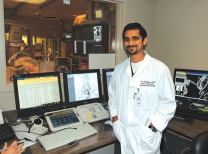
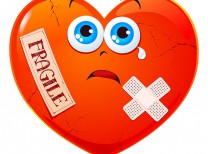

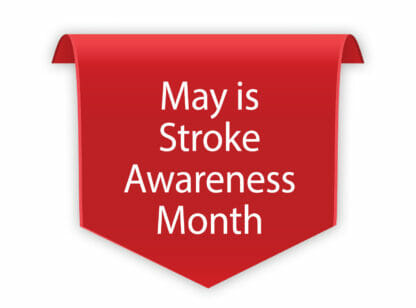


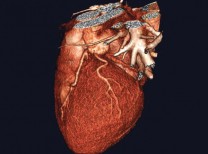
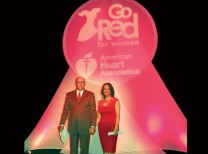




























Comments (0)